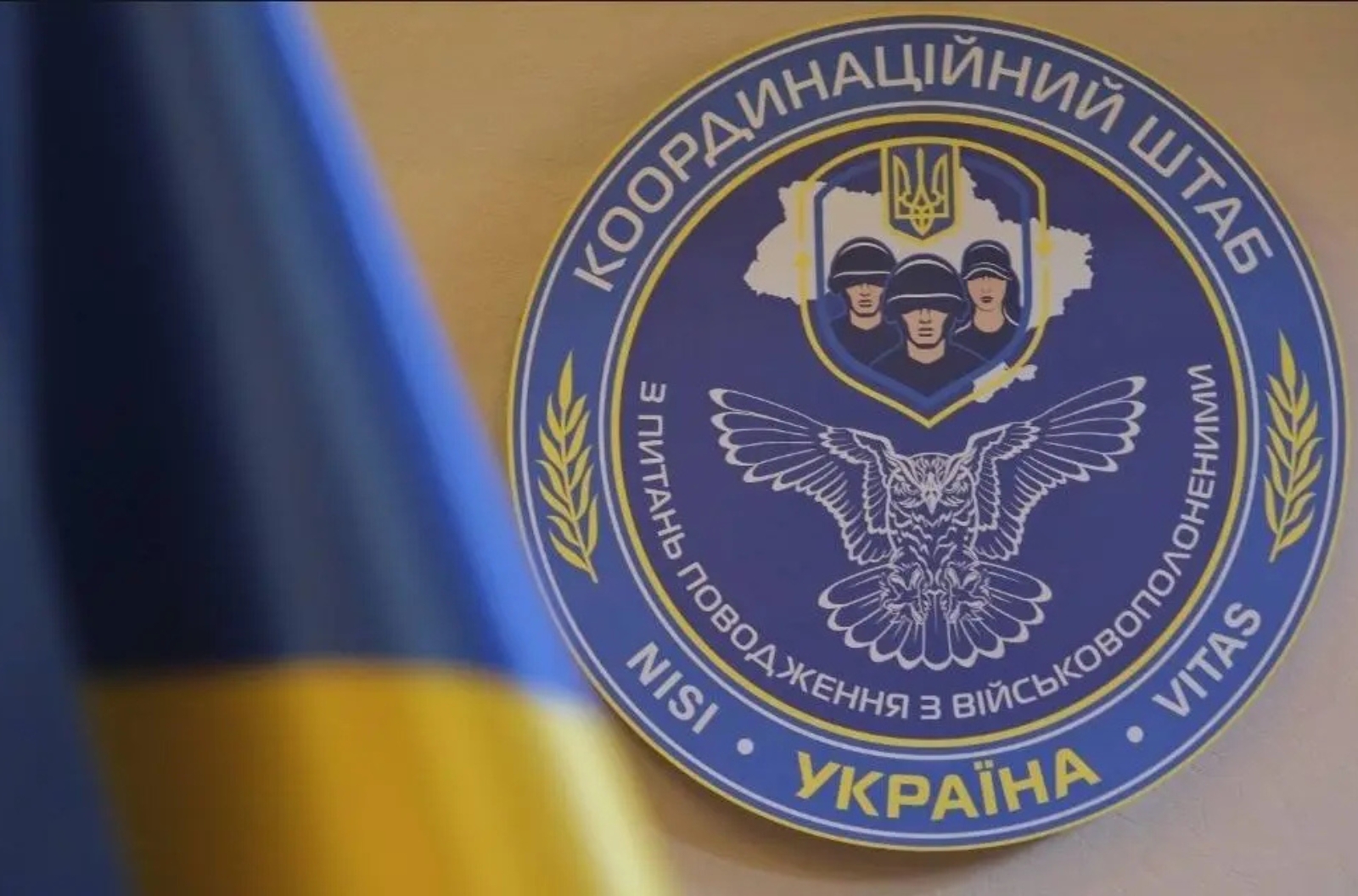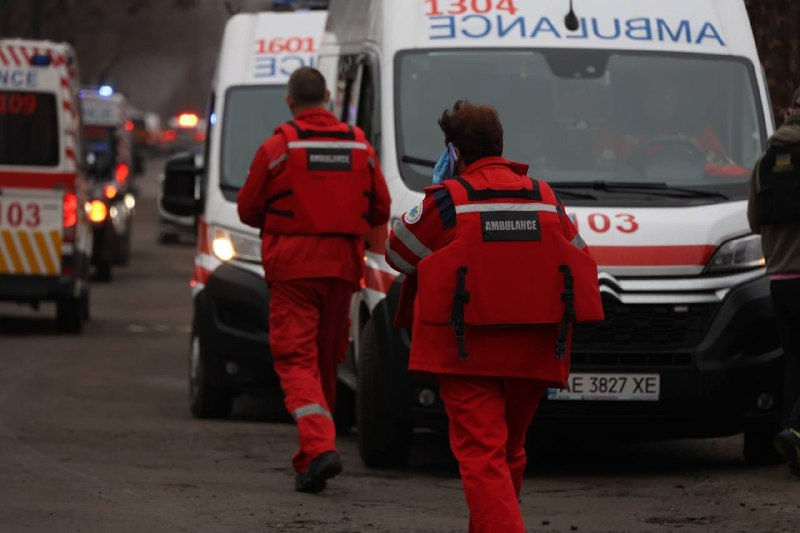The Ryazan Oil Refinery of Rosneft today joined the "election campaign" in Russia. Novoshakhtinsk took a conciliatory position.
Online assessments of the impact of strikes on fuel infrastructure on the situation in Russia are multiplying. In this regard, it is interesting to speculate on the consequences that go beyond the economy.
As of now, my hypothesis is that the generalized phrase "in Russia" is gradually becoming inaccurate in itself. The perception of Russia as an indivisible whole distorts understanding.
Externally, Russia (a giant spot on the map) looks like a monolithic colossus, united around the tsar, faith, and the common destiny of the Fatherland.
But if you switch this picture to "layers" mode, you can see that contradictions are accumulating between regions. War acts as a catalyst. Therefore, all important processes and consequences need to be dissected at the federal and regional levels. Then interesting storylines emerge.
Roughly speaking, currently, according to the criterion of "involvement in the war," there are several main groups of regions:
- Capitals - everything is more or less in order there, they generate management decisions, set the agenda, and control the media;
- Resource regions - supplying money to pay for the war;
- Regions with a developed military-industrial complex (MIC) - supplying weapons;
- Those who are unlucky (no resources, no MIC, and other critical infrastructure) - besides cannon fodder, there is nothing useful.
When you add the variable "mobilization" to this picture, interesting trends emerge.
Recently, RIA Novosti published the traditional rating of the population's creditworthiness by region. It is constructed in such a way as not to reveal the whole drama (for example, they do not compare the figures of the debt burden and GDP to conceal which regions are drowning in debt and where lending is a more or less normal element of the economy). Russian statistics are thoroughly dishonest, but they contain certain hints.
According to official data, at the beginning of last year, every economically active Russian owed banks 54% of their annual salary. By the beginning of 2024, indebtedness had increased to 57.1%.
In Russia itself, this is likely to be explained by the fact that people have started living better, feeling more confident about the future, and therefore taking out more loans.
Such explanations have already been given. Last year, the number of Russian borrowers servicing 3 or more loans increased to 28.6%. The number of people with 5 or more loans nearly doubled compared to the end of 2021, rising from 4.7% to 8.6%. This was attributed to the more active spread of credit cards, only briefly mentioning that the share of borrowers with increased debt burden is growing. That is, people in a debt trap.
A recent rating showed that every economically active resident of Tuva now owes banks 149.4% of their annual salary. At the end of 2021, the average economically active Tuvinian owed 87.4%.
In Kalmykia, which traditionally led in debts, it is now at 133.9%. It was 100.1% at the end of 2021.
In Bashkortostan, the level of indebtedness increased from 80.1% at the end of 2021 to 84.8% by the beginning of 2024.
In the Altai Republic (also one of the leaders in relative losses), it increased from 69.3% to 79%.
And so on. For several federal subjects, the debt figures (especially when adjusted for economic conditions) do not look promising.
This raises several questions.
As we know from captured Russian soldiers and from statements in Russian media, one of the most important motivations for Russian mercenaries to go to war is to repay debts.
At the same time, Russian figures show that someone somewhere is deceiving someone.
For example, Tuva leads by a wide margin in terms of the relative number of confirmed losses: for every 10,000 able-bodied men, the region lost at least 50 people killed (in reality - more). That is, for the people of Tuva, the war means more corpses and more debts.
The Altai Republic is the same, but in a more vivid way.
Such dependence is not isolated cases, it's a trend.
It seems that many residents of the troubled Russian hinterlands have taken out even more loans counting on high salaries for mercenaries. They theoretically can repay these loans 1) in case of the death of a mercenary and receipt of a one-time payment; 2) in case of a prolonged war and the unique resilience of the mercenary; 3) if the debts are forgiven (covered by the authorities).
Ending the war without a mechanism for forgiving debts and returning mercenaries home would lead to a sharp increase in clandestine debtors, a social firestorm, and rampant crime.
Overall, the war has deepened the inequality between regions in Russia to the extent that it is increasingly difficult to generalize about the situation in Russia.
Russia sells oil, and the federal center redistributes profits to regions with developed military-industrial complexes. Non-raw material regions without military-industrial complexes are sliding into a pit. As long as Moscow has the opportunity to throw some money their way, the situation can be managed.
But there's less money. And strikes on oil refineries contribute to this.
At the same time, regions with military-industrial complexes are absorbing the workforce, reducing the available mobilization resource. The structure of confirmed losses (I will make a separate post about the latest figures) highlights that some regions can no longer supply either mercenaries or mobilized soldiers.
There was a material on Meduza with a body-transport officer who referred to the words of several military commissars from Buryatia: men are physically running out, there is no mobilization resource.
Our figures show that Buryatia, which has long been in the top five in terms of the number of confirmed losses in absolute terms, has slipped to eighth place. This indirectly indicates that there are fewer occupiers from Buryatia in the army.
In total. The number of Russian regions capable of sustaining the war is steadily decreasing. Some are already not touched for social reasons, fearing unrest (Caucasus). Some are close to exhausting their physical capabilities. A new wave of mass mobilization, if carried out, could sharply exacerbate the situation in the constituent entities of the federation, which are currently experiencing the war much more mildly.
That is, technically, Russia can still muster another 500,000 people, with room to spare. Especially if Moscow, St. Petersburg, Moscow, and Leningrad Oblasts are actively involved. But practically and politically, this is not so simple, much more difficult than in 2022.
I think it is precisely because of the accumulation of imbalances that there is hysterical pressure on Ukraine regarding negotiations and nuclear ultimatums.
That is, nothing will collapse tomorrow, but the mechanics of how it could collapse in Russia itself seems to have moved from abstract categories to something more concrete. Hence the measures taken by the Russian authorities.





















